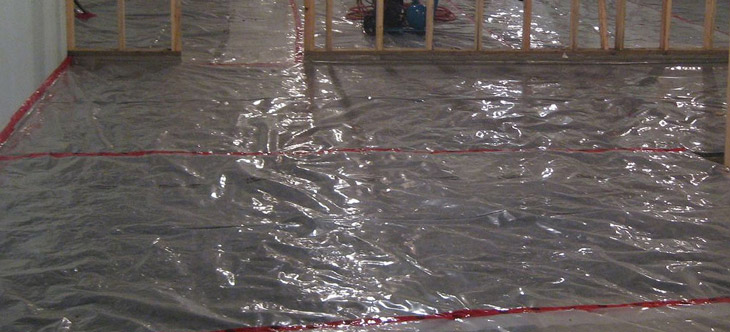Attaching a vapor barrier to your insulation helps prevent the buildup of moisture and condensation. With a vapor barrier in place, mold and mildew are much less likely to accumulate, helping to increase the life and effectiveness of both walls and insulation.
Properly placed and installed vapor barriers (otherwise known as vapor diffusion retarders) can help prevent moisture problems in your home.
Proper placement of a vapor diffusion retarder depends on the local climate and how a home is constructed.
Is a Vapor Barrier Really Necessary?
Moisture, mold, and mildew damage can be extremely costly to your home’s infrastructure. Adding a vapor barrier to your insulation essentially prevents this from happening.
This is especially true if your home is located in a very humid environment as vapor barrier insulation can truly defend against the issues caused by excess moisture.
Insulation vapor barriers also help prevent certain illnesses and symptoms that mold and mildew damage can cause.
Where Should the Vapor Barrier Be Placed?
Although specific installation configurations will vary from home to home, insulation vapor barriers are best installed on the side of the wall that’s facing the excess moisture conditions as well as the hotter temperatures.
In colder environments, the insulation vapor barrier should be installed on the inner side of the wall to retain moisture and humidity.
What Happens if You Don’t Install a Vapor Barrier?
If you neglect to install insulation vapor barriers, moisture’s access to the interior surfaces of your home becomes easier, and therefore makes it more difficult for you to contain mold and mildew build up.
If left unchecked, this excess moisture may actually start to rot your home’s framework.
Get 5% Off + a Free Estimate With Bulldog Insulation!
Ready to have your Columbus insulation needs met? Contact us for a free estimate + 5% off.

